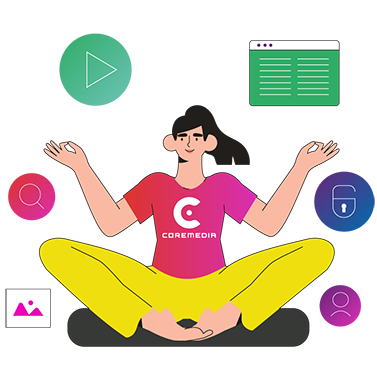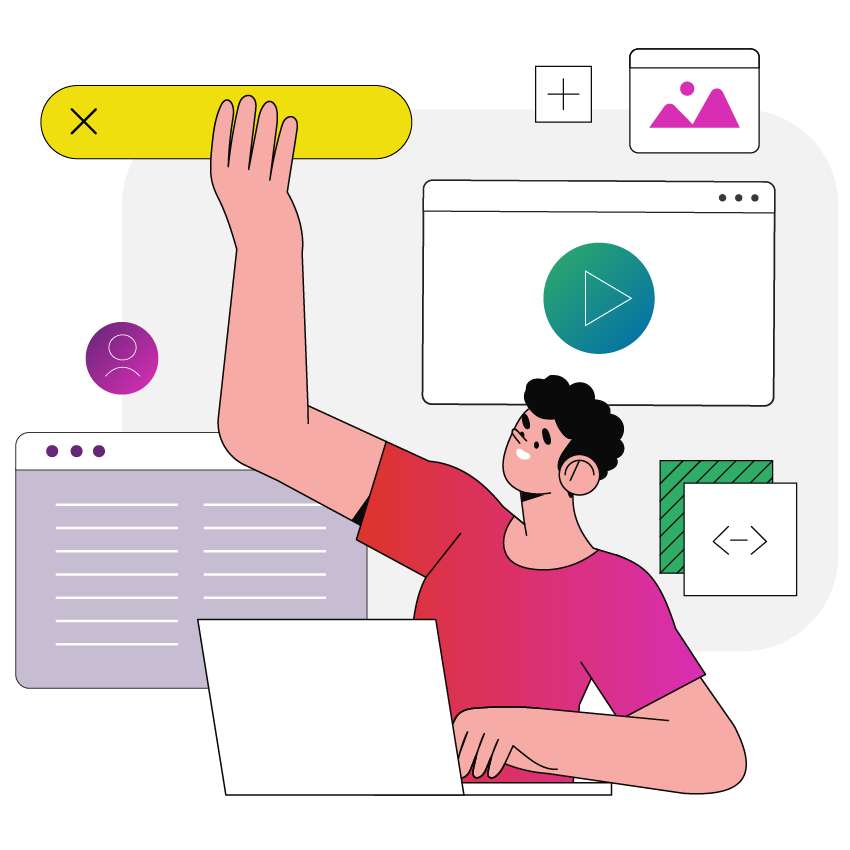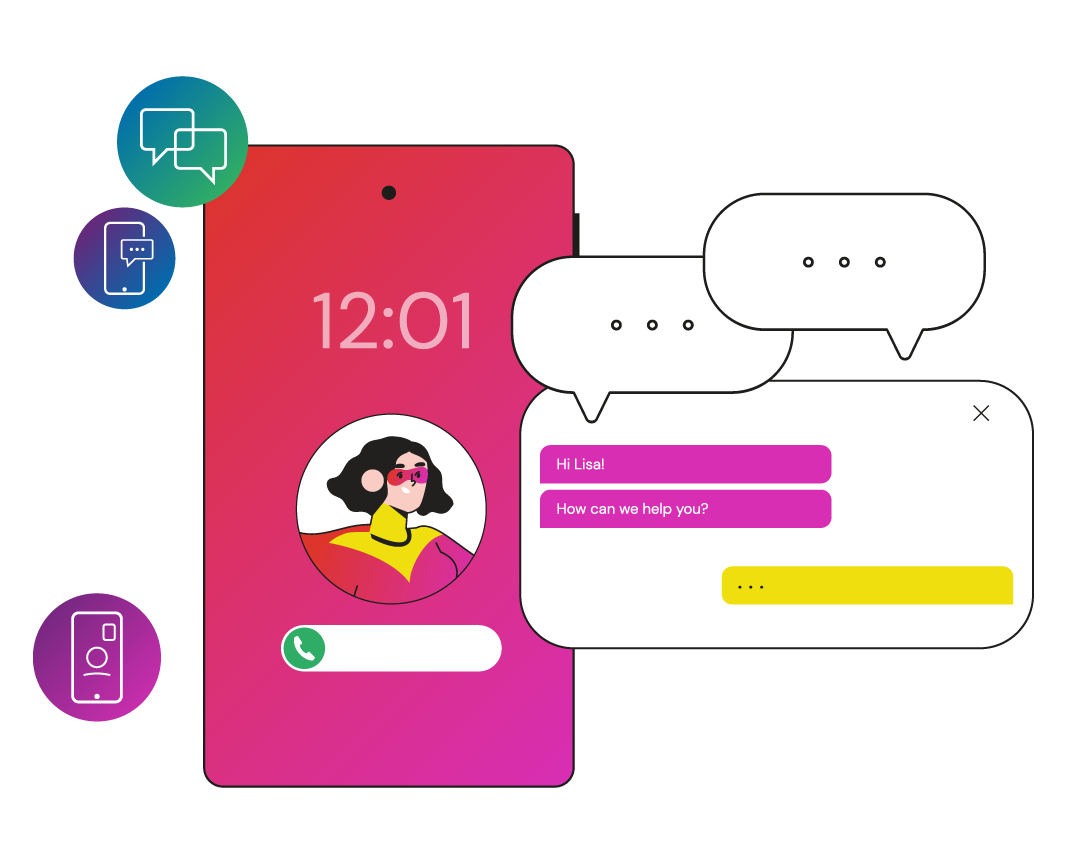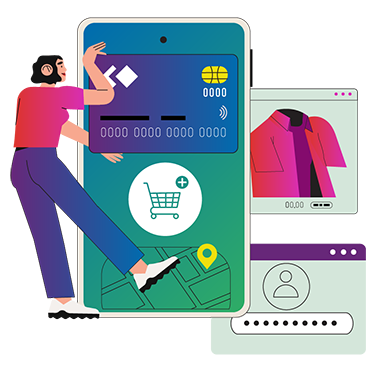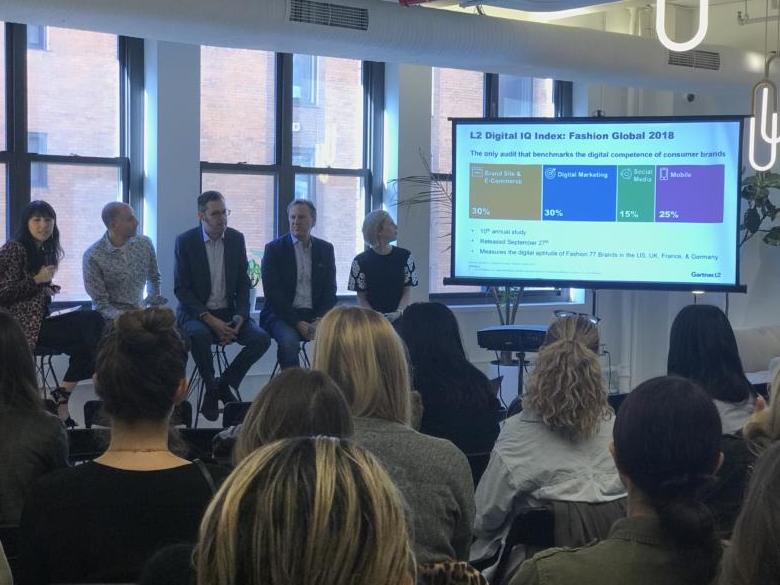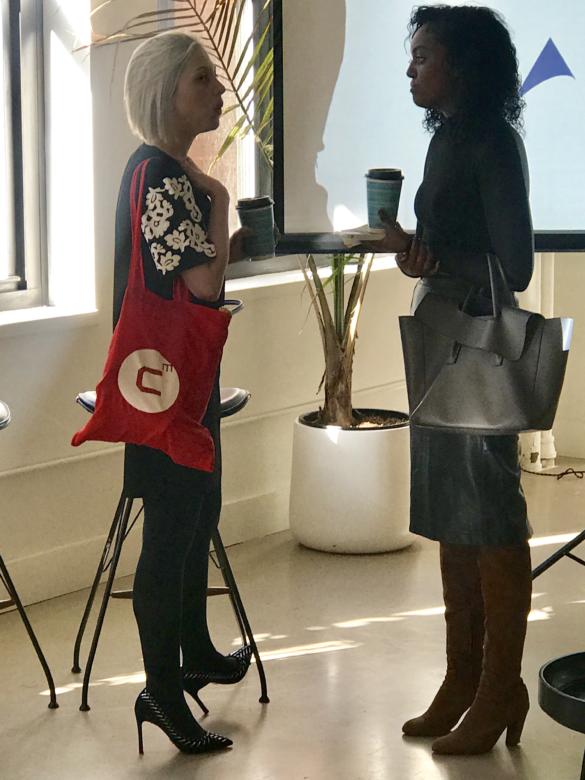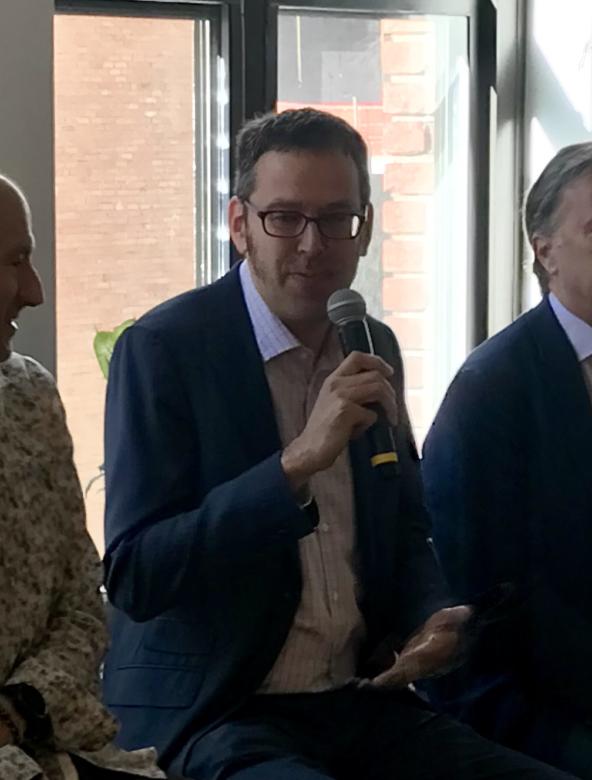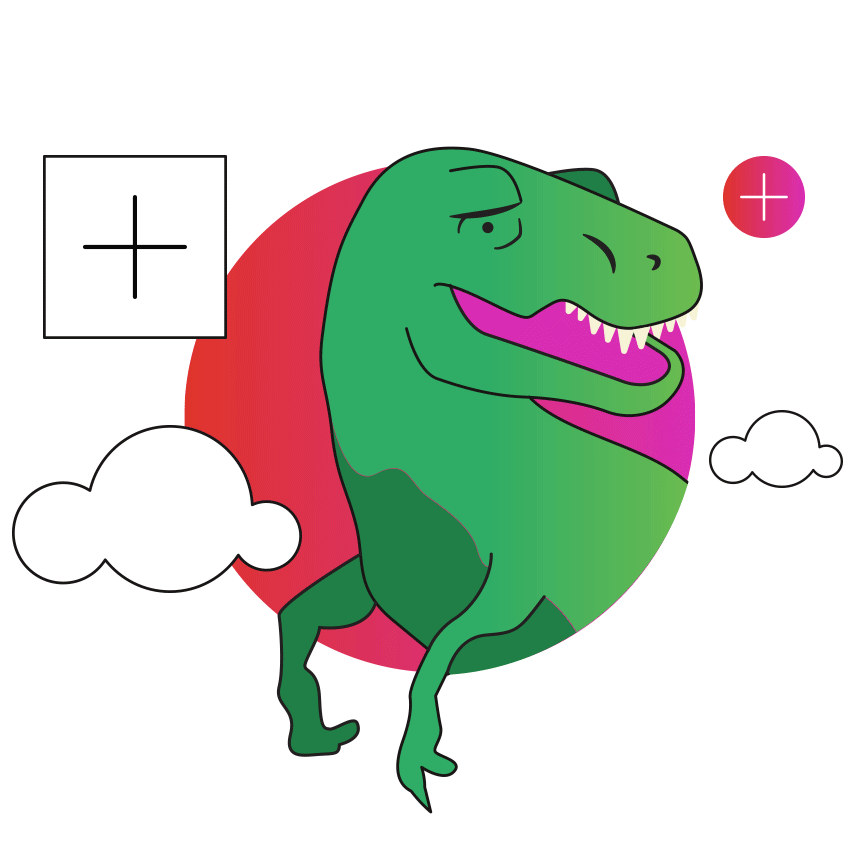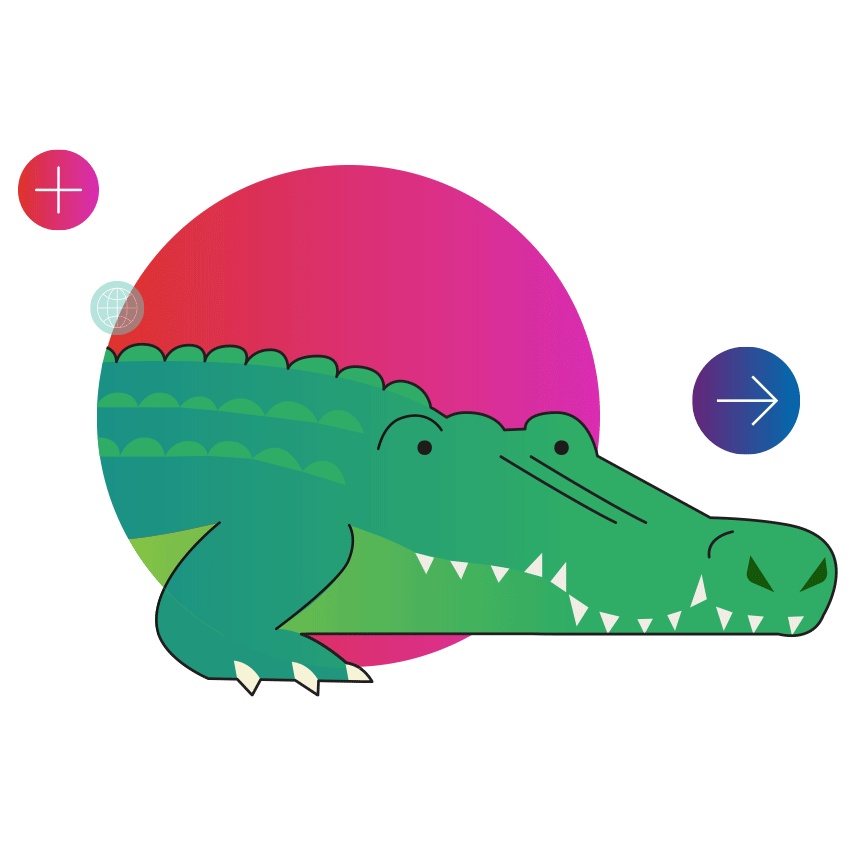Tuesday mornings are usually not the most exciting day of the week. Most mornings you can find me sipping my coffee, rubbing the sleep out of my eyes, and gearing myself up to tackle the tasks of the day. But not this Tuesday.
This week, the team from CoreMedia - along with our partners at Astound Commerce and Fluid- was in Manhattan to host an exclusive breakfast meeting and industry discussion moderated by the undisputed gurus of fashion: Gartner L2.
Our guests this week included Andre Balasz, the new Digital Product and Program Director at Revlon, Scott Lux, VP of Digital eCommerce at INTERMIX and part-time professor of omni-channel retailing at Columbia University, Jessica Martino, VP of Digital and Client Development at Louis Vuitton, and Alex Richardson, Director at the venerable women’s footwear company, Jack Rogers. The panel was hosted by Lauren Price, Director of Client Strategy, Luxury & Specialty Retail at L2.
The purpose of this get-together (besides giving us all a chance to arrive at the office a little later than usual) was to explore the digital marketing challenges faced by some of the world’s top fashion and beauty brands, as well as the best practices that they’ve adopted to overcome them. It was also a chance for L2 to preview its latest industry report: the 2018 Gartner L2 Digital IQ Report on Global Fashion.
This new report is timely and important publication. Not only does it provide a valuable overview of some of the most important digital trends in the fashion industry - including the rise of streetwear, the impact of Millennial buyers, and the growing conflict over direct-to-consumer sales - it also identifies the top 77 global brands and ranks them into 5 categories from Feeble to Genius. We were excited to provide free copies of this report to everyone who attended and even more excited to discover that an exec from one of those Geniuses (Jessica Martino from #2 ranked Louis Vuitton) would be joining us for the discussion.
Lauren started out the discussion by addressing what many people might consider to be the elephant in the room: how do fashion and beauty brands manage to build their own direct-to-consumer online businesses without cannibalizing the sales of their retail partners?
INTERMIX’s Scott Lux provided one of the best insights of the day by pointing out that brand and retail buyers often have very different objectives and expectations. Shoppers who go directly to a brand’s website or flagship store are typically loyalists who are looking to make a special, highly considered purchase. On the other side of the equation, retail shoppers are just as discerning, but often more pressed for time. They’re looking for a style expert who can curate the best options from multiple brands and present them with just the right choice. If handled correctly, these two worlds can peacefully co-exist - even within the same company. “Customers expect a very curated experience in the store. Now we’re bringing that same experience online,” said Lux.
The conversation soon shifted to the vast array of sophisticated consumer technologies that are available for brands and retailers - from chat bots and artificial intelligence to augmented reality and advanced personalization. How do brands decide which ones to invest in? While all of the panelists had experience working with one or more of these tools - all of them agreed on a simple underlying principle: that technology is only worthwhile if makes the customer happy. Anything else is just an expensive distraction. This is why panelists like Jessica Martino spoke so passionately about the need break down the artificial silos that separate the various internal divisions within fashion brands. According to Martino, “It’s not about the channel. It’s about delivering relevant experiences to our customers”.
Another important issue to consider when evaluating new technology is when to focus on the latest thing – and when to stick to the basics. Too many companies have a tendency to adopt the latest and greatest before they’ve mastered the fundamentals - from back-end order fulfillment to delivery and customer service. It’s easy to get distracted by the latest shiny technology, but you’re only going to be successful is you’ve got the rest of your house in order. Or, as Alex Richardson tells it, “the back-end is the new front-end”.
Another critical topic that the panel considered was how to manage the increasingly empowered mobile shopper. L2’s report found that more than half of the traffic to brand sites now comes from mobile and that mobile time-on-site was creeping up steadily as well. Yet the report also found that the adoption of new features on mobile platforms was flat for most brands. Why the disparity?
Our panelists offered various explanations for why mobile might be lagging. For one thing, many brands have invested heavily in their legacy online shops and websites -many of which are not adaptive or even particularly mobile-friendly. Making the switch to a mobile-first site can be a costly and time-consuming project. But no brand can be successful until it has mastered the mobile experience.
Other panelists spoke about the challenges of creating, maintaining and enhancing a mobile app experience. Making your web experiences mobile friendly is just the start. The most loyal shoppers also expect to be able to leverage a dedicated brand application. Bands that have had the most success with mobile apps have been those that know how to offer unique experiences that shoppers can’t get from any other channel. A good example of this is the new Louis Vuitton app which lets shoppers take photos of handbags and browse and buy matching products from the LV product collection.
But Andre Balasz from Revlon summed it up best when he explained that with over 80% of their customers coming from mobile, Revlon couldn’t afford to ignore mobile shoppers. And these buyers can only be understood in the context of the entire end-to-end customer journey, which these days typically starts in a social app like Instagram and ends at an online shopping site like Amazon. Smart brands know how to align with their customers at every stage in this process to increase customer acquisition and drive ongoing loyalty.
These are just a few of the topics that we covered in this wide ranging and fascinating discussion. If you were there, then you know how great it was. If you weren’t - well, it’s still not too late. We’ll soon be posting the entire panel video online, so you can see and hear it for yourself. Sign up for our newsletter so you can find out when its available - and get the latest news and announcements from CoreMedia.
We’re hoping to repeat the success of this panel by planning similar events in other cities soon. Let us know what you’d like to hear about and where you’d like us to go.
